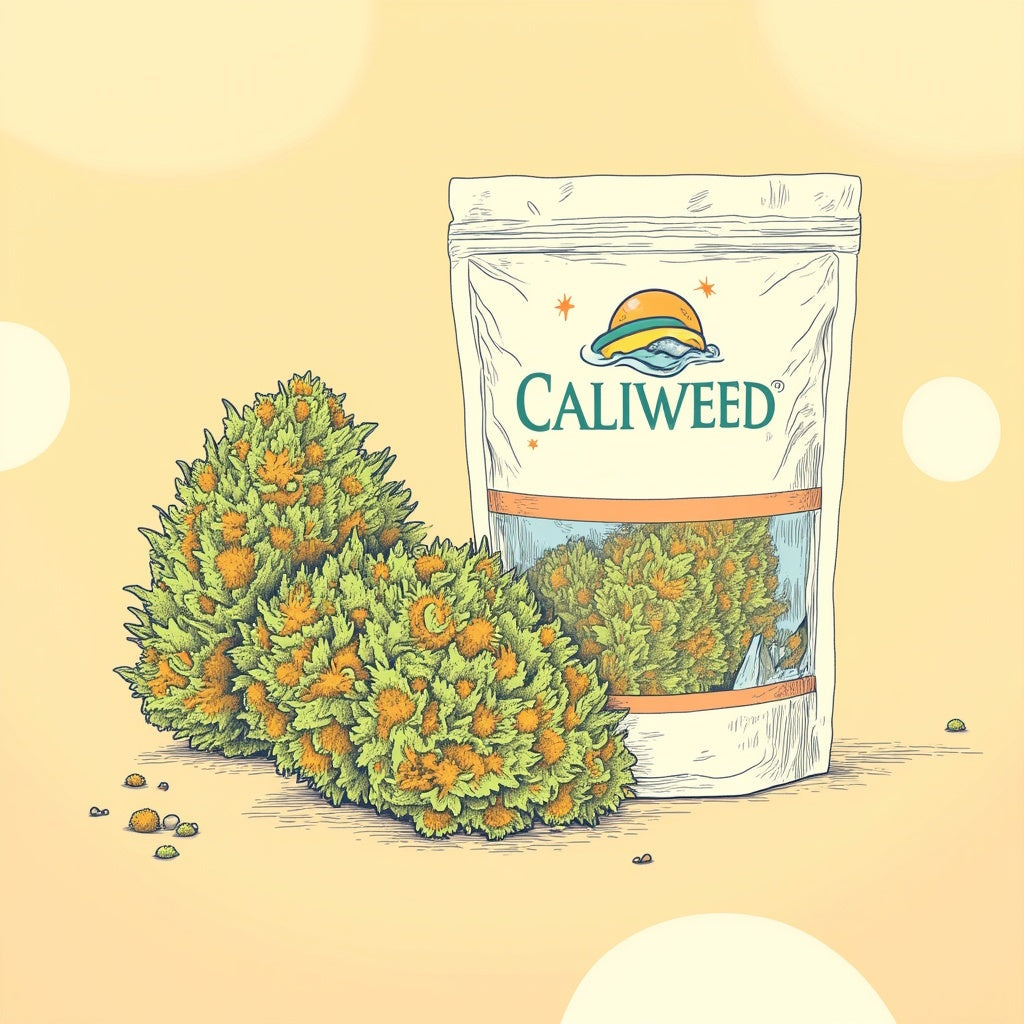
CBD for chronic pain: which alternative to choose?
We've known it for some years now, and scientific studies on the subject are multiplying: CBD is said to be effective in relieving chronic pain. What form of CBD should you choose? And how should it be used? We give you the lowdown.
Things to remember
- CBD's anti-inflammatory and relaxing properties could help relieve some chronic pain.
- The choice of product(CBD oils, cream, capsule, flower) depends on the type of pain and your lifestyle.
- Quality, dosage and regularity are essential for lasting results.
Why CBD could help relieve chronic pain?
CBD has the ability to interact with the endocannabinoid system. This network of receptors, present throughout the body, is notably involved in the management of pain, sleep, inflammation and stress.
CBD stimulates CB1 and CB2 receptors, helping to reduce pain signals to the brain. CBD is also known for its anti-inflammatory properties, making it an excellent natural remedy for chronic inflammatory (arthritis, joint pain), neuropathic (sciatica, fibromyalgia) or musculoskeletal (tension, back pain) pain.
Preliminary studies indicate a reduction in pain, improved sleep quality and reduced anxiety. These are indirect effects, but very useful for sufferers in their day-to-day lives.
CBD is therefore not a cure, but it can help to improve living comfort, complementing other medical treatments if necessary.
How can CBD be used to relieve pain?
Not all pain is the same, and neither are all forms of CBD. For the effect to be consistent, you need to choose the right product.
CBD oils for sublingual use
CBD oils are one of the most widely used methods of administering cannabidiol. It's a simple way to consume the molecule, with rapid effects.
Simply place a few drops of your CBD oil under the tongue, wait 60 seconds, then swallow. The effect is generally felt within 20 to 40 minutes, and lasts for several hours.
This form is recommended for diffuse, chronic, or internal pain such as fibromyalgia, endometriosis, and recurring muscle pain. It is easy to dose and discreet to use. For example, we offer a selection ofcold-pressed CBD oils.
Creams, balms and gels
These forms of CBD are perfect for localized pain in joints, muscles, tendonitis or back pain.
You simply apply them directly to the painful area, targeting the inflammation. This provides local relief. CBD penetrates the skin directly without passing through the bloodstream, so it acts on the surface. This is a very useful application in the event of a crisis, or as a complement to oral medication.
Capsules and candies
The effects of CBD capsules and gummies are slower to appear (1 to 2 hours), but last longer.
Candies and capsules are perfect forms for regular use, especially if you want to incorporate CBD into a medical routine without worrying about taste or dosage every time.
Candies, in particular, are discreet and pleasant to take, while retaining similar efficacy to capsules.
CBD infusions
They are less concentrated in CBD and are generally suitable for novice users. Infusions provide a general feeling of well-being, which is ideal at the end of the day.
They can help with muscle relaxation and recovery after exercise, but are not always sufficient on their own in the case of more severe pain.
CBD flowers
They are best consumed by vaporization, for the most optimal effects. This is also the form in which the benefits are felt most rapidly. In the event of acute or sudden pain, vaporization offers almost instant relief.
You'll also need to choose your flower carefully, and CBD discovery packs like the one from Cali Weed are available for this purpose.
|
Pain |
Most suitable form of CBD |
|
Diffuse or internal pain (fibromyalgia, osteoarthritis) |
Oil or capsule |
|
Localized pain (knee, back, shoulder) |
Cream or balm |
|
Acute pain peak |
Flower Spraying |
|
Gentle wellness routine |
Infusion or light oil |
How to choose the right CBD product?
The right product makes all the difference! Here's how to get the right product for you.
Spectrum type
When you opt for a full-spectrum product, it contains all the cannabinoids, terpenes and flavonoids naturally found in hemp. Full spectrum products also contain THC to the extent legally permitted (less than 0.3%). Together, all the components of hemp work in symbiosis, the entourage effect.
On the other hand, if you want to avoid THC altogether, opt for a broad spectrum product, which contains all the components except THC.
Concentration
The CBD concentration will depend on your experience with CBD and the ailments you wish to alleviate.
For a start, or if the pain is mild, 5% CBD may be enough. For more established pain, between 10% and 20% is often more appropriate. To treat long-lasting aches and pains or greater suffering, you can increase the dosage still further. There is even a 60% CBD oil, like the one we have in stock.
On the other hand, it's best to start with a low concentration and adjust gradually, while monitoring how you feel.
Hemp quality
Make sure it's local, natural hemp, free of pesticides and heavy metals. Choose European or even American producers who offer clear traceability.
Laboratory analysis
Laboratory tests are a guarantee of seriousness and quality. Choose a product that has been tested in an independent laboratory, indicating the actual level of CBD, the presence (or absence) of THC, and the absence of contaminants.
Customer reviews
Customer reviews can be a good indicator. Look for feedback from users suffering from pain similar to your own. This will give you a concrete idea of the product's effectiveness.
Finally, regularity is the key. It often takes several days of daily intake before you notice a noticeable improvement. Be patient, listen to your body, and adjust as necessary.

